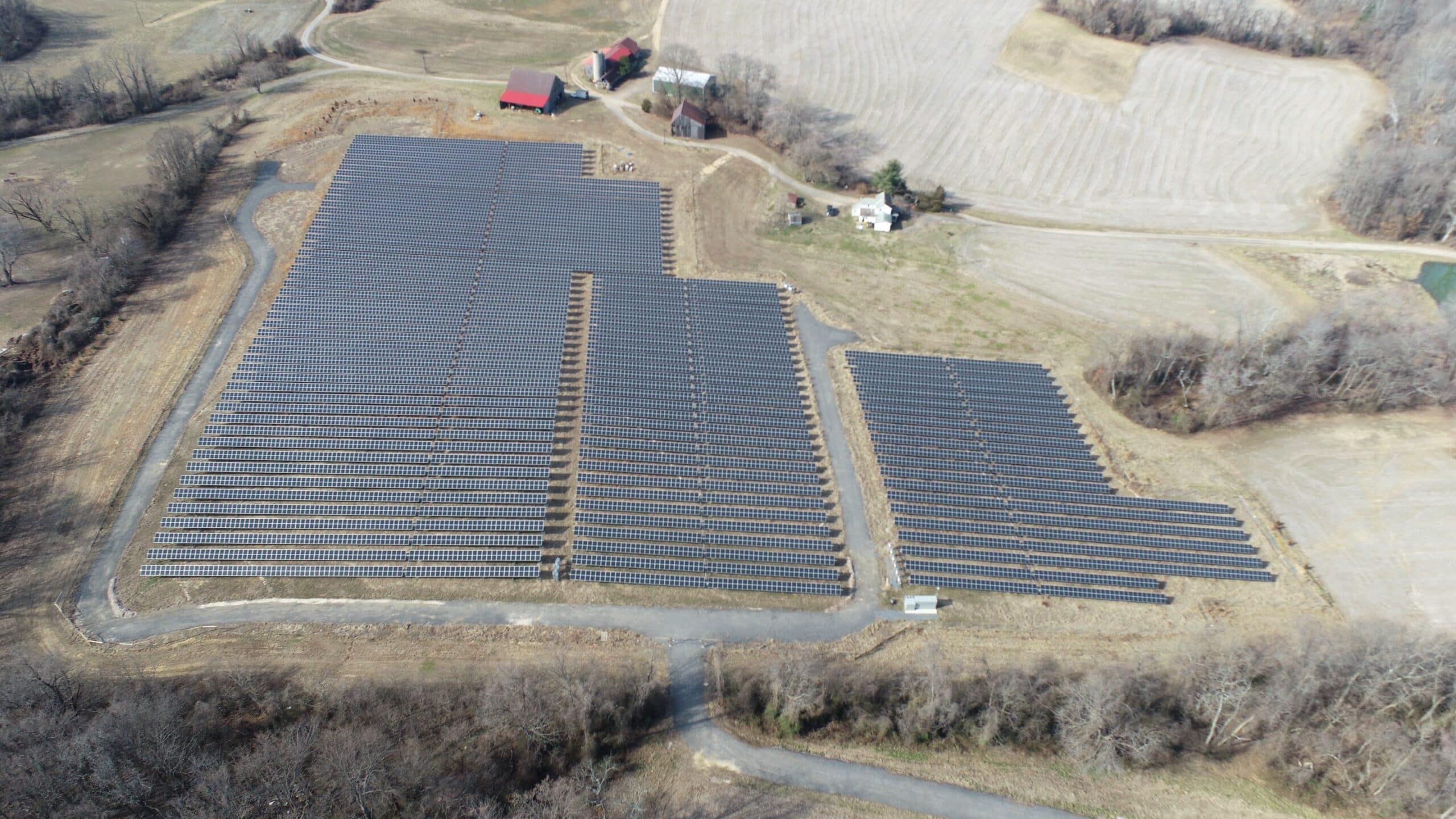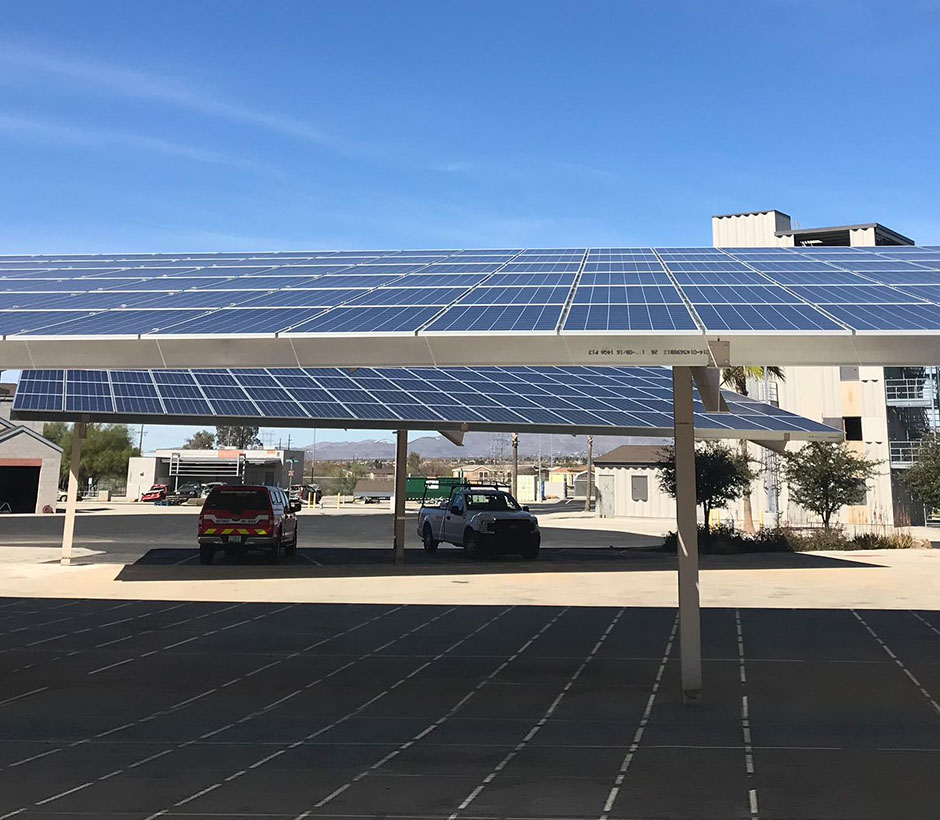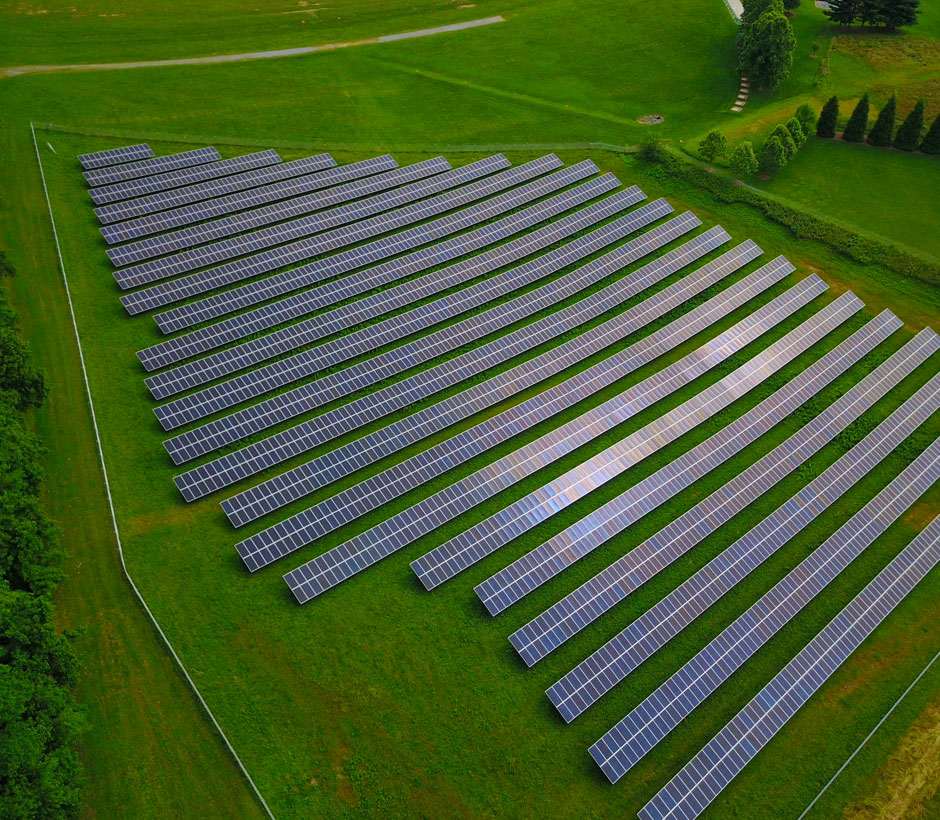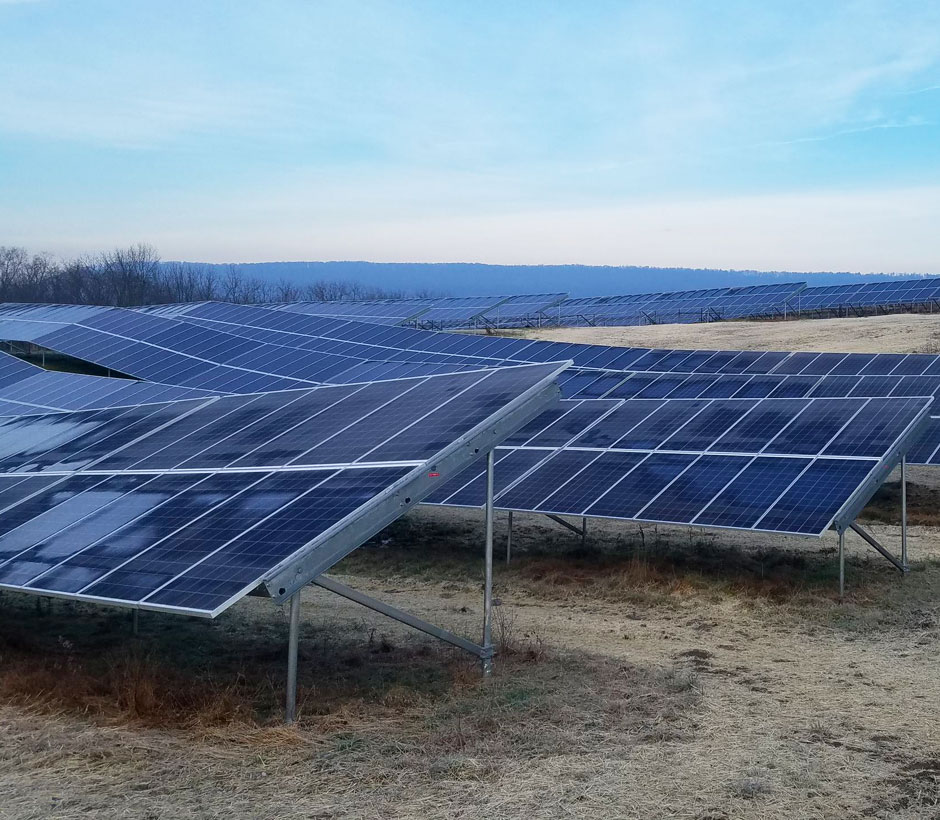Maryland’s community solar market is expanded significantly with nine habitat-friendly projects
Maryland took an important step toward meeting its Renewable Portfolio Standard targets with the addition of nine new community solar projects located across five different counties and three utility territories. Totaling 24-megawatts, the projects are ‘dual-use,’ meaning they serve as solar farms and pollinator habitats.
Standard Solar partnered with OneEnergy Renewables (OneEnergy) and CleanChoice Energy (CCE) to build the projects. As part of Maryland’s Community Solar Pilot Program, the farms grant 5000+ Maryland households up to 10 percent savings on their utility bills through community solar subscriptions. The projects are owned and operated by Standard Solar, which also funded the construction. OneEnergy partnered with the landowners to site, permit and design the projects, while CCE is in charge of subscribership.
“By teaming up with the talented development team at OneEnergy on this statewide portfolio, Standard Solar is helping Maryland reach its renewable energy goals and reinforcing its commitment to Maryland,” said Eric Partyka, Director of Business Development for Standard Solar.
“Community solar is critical to increasing access to the benefits of solar. Our partnership with Standard Solar and OneEnergy Renewables means that thousands of Marylanders are able to save money while supporting solar here in the state,” said Tom Matzzie, CEO of CCE.
Named for butterflies, pollinator plants and other local natural landmarks, the farms are as follows:
Anne Arundel County, Utility: BGE – Checkerspot, 2 MWBathian, 2.8 MW, Patuxent, 2.8 MW
Baltimore County, Utility: BGE – Sassafras, 2.4 MW, Trillium, 2.8 MW
Howard County, Utility: BGE – Metalmark, 2.8 MW, Viceroy, 2.6 MW
Prince George’s County, Utility: PEPCO – Monarch, 2.8 MW
Dorchester County, Utility: Delmarva – Glassywing, 2 MW
“We are proud to help make solar energy another crop for our landowners, enabling many to maintain farms that have been in their families for generations,” said Marni Caroll, Vice President of Development for OneEnergy. “Each project will feature a new habitat for native pollinators, which contribute to one in every three bites of food we eat. These projects demonstrate that community solar can benefit the electric grid we depend on, the air we breathe, and the farmlands we love.”
The Checkerspot project has been very beneficial for landowner Otis Johnson, who receives direct lease payments. “The project is a great idea because it allows us to keep this property,” Johnson explained. “With this new solar array, one-third of this property is being used for solar, and the rest of it is still agricultural. We have the benefit of farming for energy and farming for food.” Glassywing Farm, named for a butterfly species found on Maryland’s Eastern Shore, includes landscaping specifically designed to provide food and habitat to the butterflies and other local pollinators.




